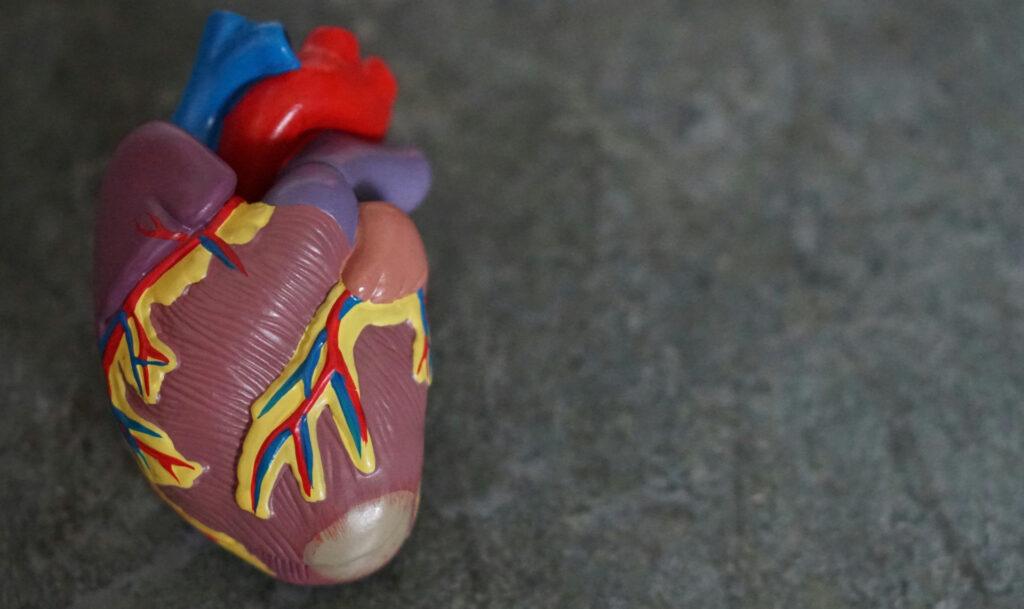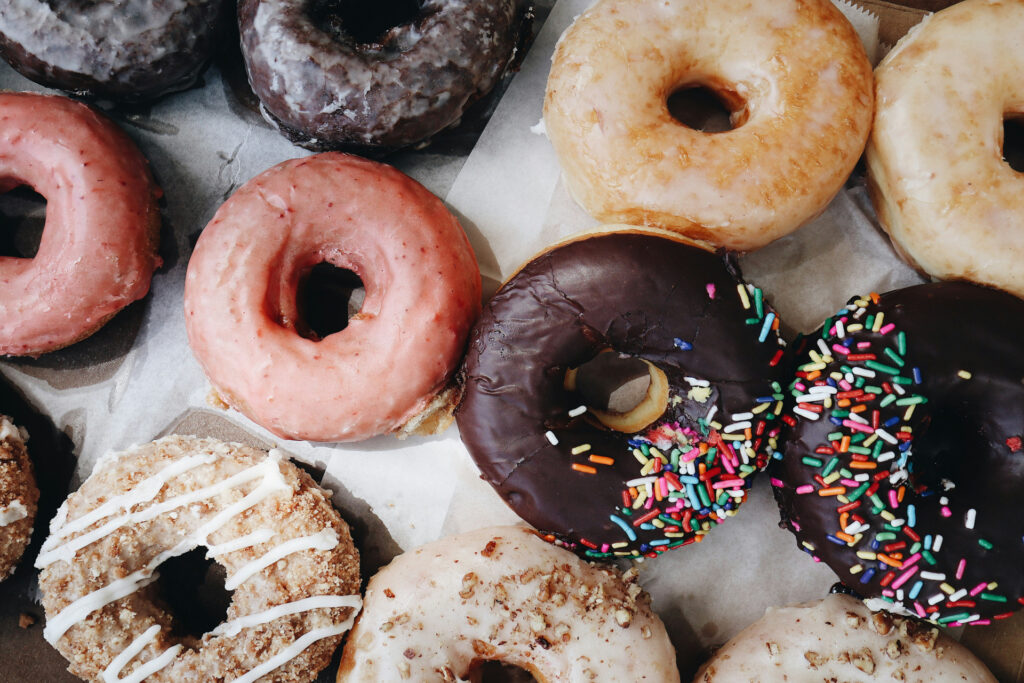
Body + Mind is reader-supported. We may earn an affiliate commission when you buy through some of the links on our site.
If you have been told that you have high triglycerides, you might be wondering what they are, why they matter, and what you should do. Understanding triglycerides is an important factor in maintaining good heart health and high triglyceride levels are a serious risk factor for many conditions. Fortunately, there are easy ways to lower triglycerides naturally.
Triglycerides are lipids — a type of fat. When you eat, your body doesn’t typically use all of the calories at once. The excess calories are stored as triglycerides, enabling your body to use this energy later. These lipids are therefore a vital source of energy for the body, and the most common type of fat found in the body. They are essential for a wide variety of bodily functions.
While both triglycerides and cholesterol are lipids, they serve different purposes and have different characteristics. Cholesterol is a waxy substance produced by your liver. While triglycerides function primarily as energy storage, cholesterol is used to make cell membranes, some hormones and vitamin D.

You have probably heard of “good” cholesterol (HDL) and “bad” cholesterol (LDL) and you probably know to keep your LDL levels under control. However, while high LDL and high triglycerides often occur together, they are considered separate risk factors. It is possible to have high LDL and low triglycerides, and vice versa.
Evidence shows that high triglycerides are linked to a number of health risks, including:
Your doctor will typically advise you to try proven dietary and lifestyle adjustments first, resorting to medication only if these measures don’t help. So, how can you lower triglycerides naturally? There are a number of foods that lower triglycerides and some lifestyle changes are important too. Here are some ways to get started — and these measures will also improve your overall heart health.
Sugar occurs naturally in numerous ways in your diet — for example, fructose in fruit or lactose in milk. However, most people consume much more sugar than they need, and this sugar is then converted into triglycerides for storage.

Check food labels to see how much sugar food contains, switch to low-sugar alternatives and avoid adding extra sugar to your diet, such as putting sugar in your coffee. The American Heart Association recommends adding no more than six teaspoons of sugar a day for women and nine for men.
Your body needs fat to function, but some fats are healthier than others, especially for your heart. Try to limit your fat intake and choose polyunsaturated fats for cooking where possible, such as:
Many of these oils are rich in omega-3 fatty acids, which have been shown to help lower triglycerides.
Oily fish, such as salmon, sardines, mackerel, cod, herring, tuna, and trout, are also high in omega-3, and eating at least two servings a week can improve your overall heart health and bring down triglycerides. By contrast, foods high in saturated fat — like red meat — are also high in triglycerides, so by replacing these with fish, you are taking an important step.
Vegetables, seeds, nuts and grains are also excellent foods that lower triglycerides. Choose low-fructose vegetables, such as:

Whole grains such as wholemeal bread, brown rice, quinoa and buckwheat are also proven to lower triglycerides, as are flaxseeds, walnuts, almonds, pecans, cashews, sunflower seeds and other types of nuts and seeds, which are typically high in omega-3 fatty acids. However, nuts and seeds can be high in fat, so enjoy them in moderation.
Away from dietary changes, the single biggest thing you can do to lower your triglycerides is to shed any extra weight you are carrying. This is because losing weight decreases the amount of fat your body is storing, and triglycerides are the main fat storage mechanism. Reaching a healthy weight can put triglyceride levels back into a normal range and even losing just 5% of your weight will help.
Exercise contributes to weight control, of course, but that’s not the only reason you should get your body moving if you want to lower your triglycerides. When you exercise, your muscles burn energy — and guess what they use for fuel? Exercise, therefore, leads to a decrease in triglycerides in your bloodstream.
Exercise can also reduce triglyceride production in your liver, further reducing your overall levels. Aim for 20-30 minutes of aerobic activity for five days a week. As an added bonus, this should also cause your levels of “good” cholesterol, HDL, to rise.
Alcohol contains a lot of sugar and calories that your body doesn’t need, so alcohol consumption contributes to high triglyceride levels, among other health issues.
Smoking disrupts lipid metabolism and causes an imbalance in your bloodstream, increasing triglycerides while decreasing “good” cholesterol.

Yes, studies have shown how a number of supplements and vitamins can potentially reduce triglyceride levels.
Consult your doctor or healthcare professional before starting any supplements, especially if you have other health conditions or are taking any medication.
Reducing your triglyceride levels starts with the dietary and lifestyle changes outlined above. By understanding what triglycerides are and how they function, you can make healthier eating choices that should help your levels come down.
All of these choices are good for your overall health, too, so consider lowering triglycerides as part of an overall health improvement effort. By making conscious decisions about what you eat and how you exercise your body, you will see results fast and protect yourself against future health problems.
Your email address will only be used to send you our newsletter, and at any time you may unsubscribe. For more information, see our Privacy Policy.